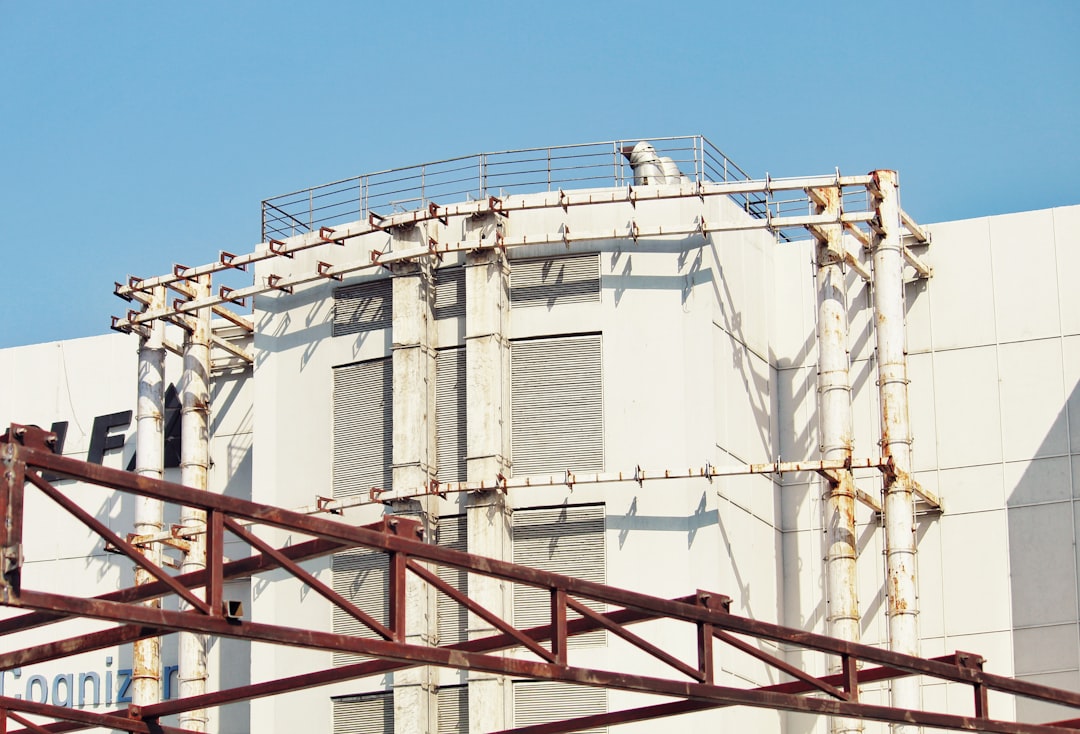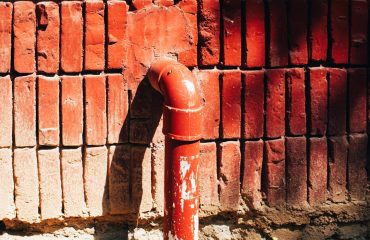High-pressure systems, while essential in numerous industries, pose significant safety risks if not handled with meticulous care. From oil and gas pipelines to chemical processing plants and hydraulic presses, the potential for catastrophic failure is ever-present. This comprehensive guide delves into the critical safety considerations necessary to mitigate these risks and ensure a safe working environment.
1. Design and Engineering for Safety: Laying the Foundation
The foundation of a safe high-pressure system lies in its design and engineering. Careful consideration must be given to material selection, component integrity, and system redundancy. Materials must be chosen to withstand the expected pressures and temperatures, considering factors like corrosion resistance and fatigue strength. Finite element analysis (FEA) is often employed to simulate stress distributions and identify potential weak points. Redundancy, such as incorporating multiple safety valves or pressure relief devices, is crucial to prevent catastrophic failure in the event of a single component malfunction. Properly designed pressure gauges, pressure switches, and other monitoring devices are also essential for real-time system monitoring.
2. Operational Procedures: Maintaining Vigilance
Even the most meticulously designed system requires stringent operational procedures to maintain safety. Thorough training for all personnel involved in the operation, maintenance, and monitoring of the system is paramount. This training should encompass emergency response procedures, lockout/tagout protocols, and the proper use of personal protective equipment (PPE). Regular inspections and checks of pressure gauges, safety valves, and other critical components are essential. Operating procedures should clearly define acceptable pressure limits, temperature ranges, and flow rates. Deviation from these parameters should trigger immediate investigation and corrective action. Furthermore, detailed operating logs should be meticulously maintained to track system performance and identify potential issues early on.
3. Regular Maintenance and Inspection: Preventing Catastrophe
Preventive maintenance is crucial for ensuring the long-term safety of high-pressure systems. Regular inspections should include visual checks for leaks, corrosion, and damage, as well as functional tests of safety valves, pressure relief devices, and other critical components. A comprehensive maintenance schedule, tailored to the specific system and its operating conditions, should be developed and strictly adhered to. This schedule should include detailed procedures for component replacement, cleaning, and lubrication. Non-destructive testing (NDT) techniques, such as ultrasonic testing and radiographic inspection, may be employed to detect internal flaws and prevent unexpected failures. Accurate record-keeping of all maintenance activities is essential for tracking system performance and identifying potential trends.
4. Emergency Response and Procedures: Reacting to the Unexpected
Despite meticulous design, operation, and maintenance, unforeseen incidents can occur. Therefore, a well-defined emergency response plan is essential. This plan should clearly outline procedures for handling various scenarios, such as leaks, equipment failure, or fire. Emergency shut-down procedures should be clearly defined and regularly practiced through drills. Designated personnel should be trained in the use of emergency equipment, such as fire extinguishers, pressure relief valves, and isolation valves. Clear communication protocols should be established to ensure effective coordination during emergencies. Furthermore, emergency contact information for relevant authorities and emergency services should be readily accessible. Post-incident analysis is crucial to identify root causes and implement corrective actions to prevent future occurrences.
5. Regulatory Compliance and Best Practices: Adhering to Standards
Operating high-pressure systems necessitates strict adherence to relevant safety regulations and industry best practices. These regulations vary depending on the location and industry, but generally cover aspects such as design standards, operational procedures, maintenance requirements, and emergency response protocols. Staying informed about the latest regulations and best practices is critical to maintaining compliance and ensuring the safety of personnel and equipment. Regular audits and inspections by regulatory bodies are common, and any non-compliance can result in significant penalties. Proactive engagement with regulatory authorities and industry associations can help ensure that systems are designed, operated, and maintained according to the highest safety standards. Continuous improvement through the adoption of new technologies and best practices is essential for maintaining a safe and efficient operation.
Operating high-pressure systems demands a comprehensive approach to safety, encompassing meticulous design, stringent operational procedures, regular maintenance, effective emergency response, and unwavering adherence to regulations. By prioritizing safety at every stage, industries can minimize risks, protect personnel, and ensure the reliable operation of these crucial systems.
Tags: High-pressure safety, pressure system safety, industrial safety, process safety, safety regulations




